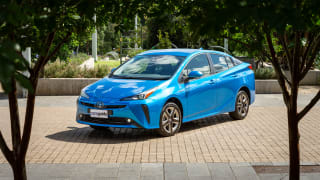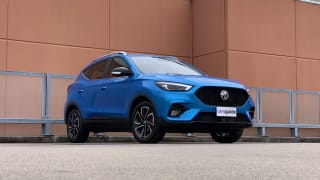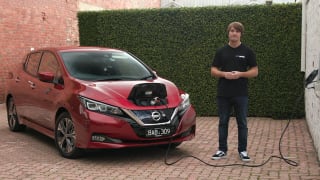On the one hand, forking out over $50k for a car which looks like this is a tall order. On the other hand, there is no other electric car that really falls into this price bracket, and when you think about it, it's only a few thousand dollars more than a top-spec Prius.
The aggro never-EV types will argue you can have a very good hot hatch, like say, Hyundai's own i30 N for less, but then this car really is for those early adopters who are after a slice of future drivetrain tech rather than a complete value offering.

In the context of the EVs currently available in our market, the Ioniq shines. Yes, it is more expensive than rivals like the Nissan Leaf or MG ZS EV, but it also offers more range than either of those, at 311km measured to the more accurate WLTP standard.
This is short of Tesla's Model 3 standard range, but also more than $10k more affordable, and as I discovered on my week of testing; 311km, and it really is 311km, is plenty for a predominantly urban commuter to get by with either routine maintenance charging, or a once-a-week stop at a DC charger.
So, value then? As this car has probably the minimum electric range you really want for an Australian city at a price only a little above rivals which fall short, it's in quite the sweet spot.

Oh, you probably want to know about equipment, too. Our Ioniq electric Premium scores familiar equipment from the facelifted Hyundai i30 range, including a 10.25-inch multimedia touchscreen with Apple CarPlay and Android Auto connectivity, built-in sat-nav integrated with charging-station distances, a 7.0-inch digital dash cluster, eight-speaker premium audio system, 16-inch alloy wheels, LED headlights and DRLs, single-zone climate control, leather-appointed interior trim with heated and cooled front seats, a heated steering wheel, auto-dimming rear vision mirror, wireless phone charger, opening sunroof, and keyless entry with push-start ignition.
It's a good array of items, and we'll touch on this car's fully equipped safety suite later. The only notable omissions for now are the lack of a holographic head-up display and the lack of dual-zone climate control.























